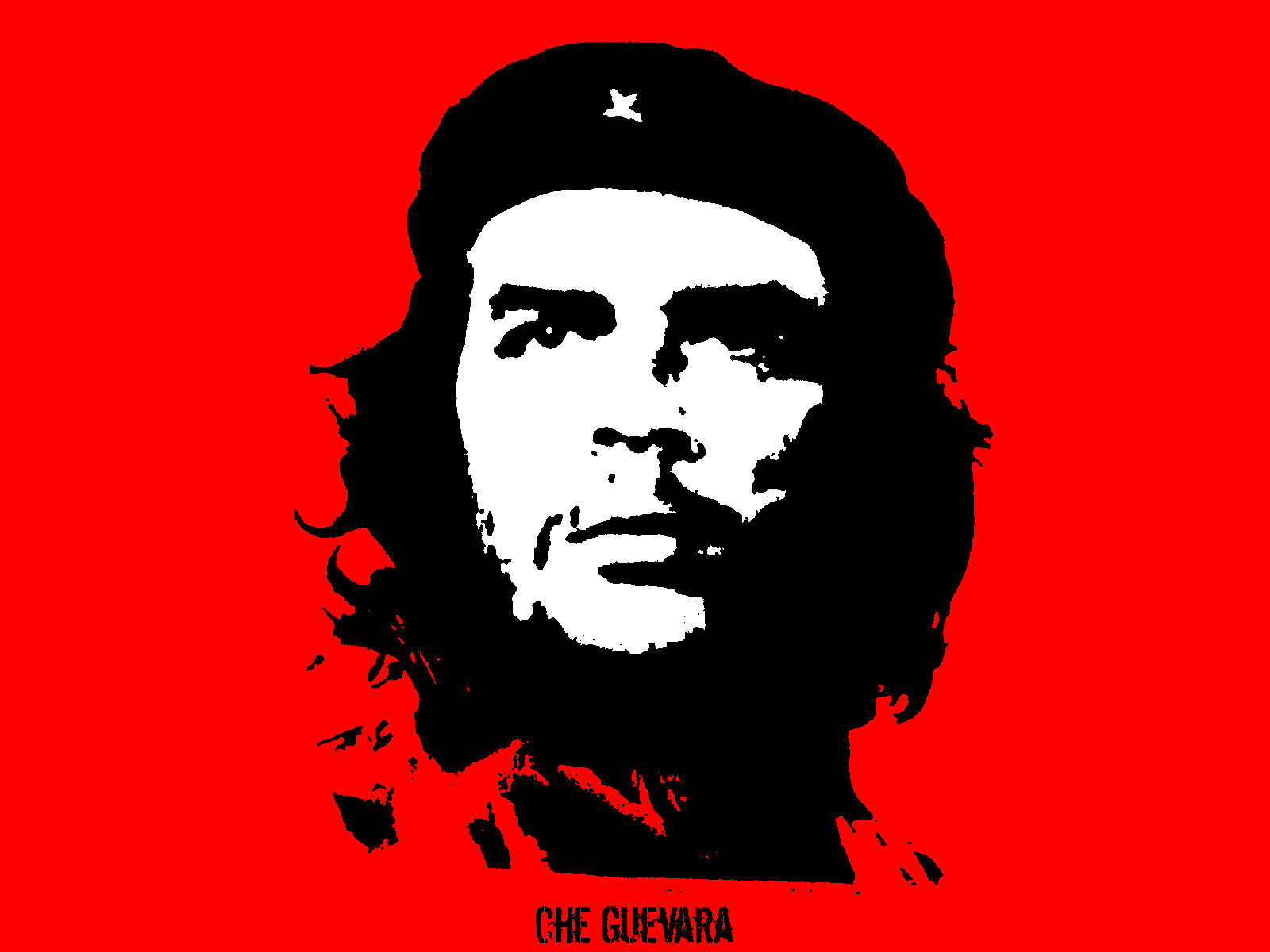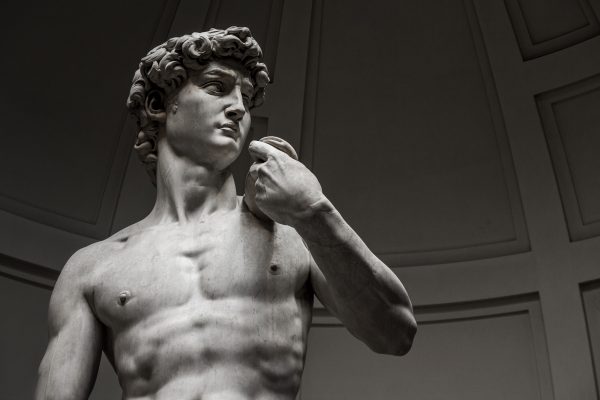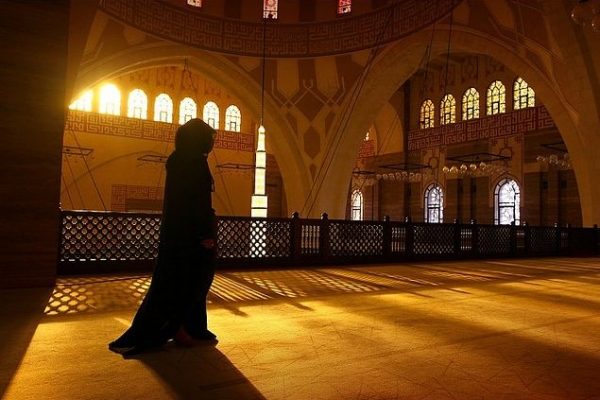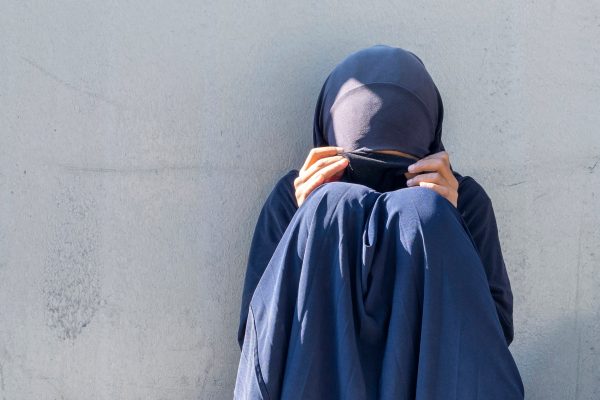There remains another worrying complexity to the way in which things are progressing; while the hijab is being made visible in the fashion industry and within the media, in others, such as primary schools and workplaces in European countries, it is becoming increasingly forbidden or restricted. It seems pertinent to be mindful of this paradox.
There remains another worrying complexity to the way in which things are progressing; while the hijab is being made visible in the fashion industry and within the media, in others, such as primary schools and workplaces in European countries, it is becoming increasingly forbidden or restricted. It seems pertinent to be mindful of this paradox.
The last few years have seen a spike in the visibility of the hijab in pop culture; from hijabi characters on TV shows to hijabi models on the cover of magazines, to major sportswear companies producing their own hijabs. Many Muslims who grew up in the 90s and 00s attest to missing out on seeing the Islamic part of their identity within the characters, series, and media they grew up with. The recent inclusion of the hijab into our lines of vision is being welcomed by many as a step towards equality and representation.
Chevolution

Around 10 years ago, I watched a documentary about Che Guevara, the Argentinian Marxist revolutionary. Rather than focusing on his life, the documentary examined the now incredibly famous image of Guevara (“Guerrillero Heroico”) that you probably see at least once a week, printed on a t-shirt, or mug, or on a poster. The words of one interviewee from the documentary struck me. The capitalist machine is so relentless and overwhelming that it can take the image of a man whose violent and intensely intellectual war on capitalism was known the world over, chew it up, spit it out, and render its original meaning completely denatured, and in an act of inversion, placing it in servitude to the capitalist worldview. The image of one of the world’s most well-known anti-capitalist revolutionaries was now being used to make money straight off the alienated conveyor belt of cheap and mass-produced items. Those who underestimate the power of capitalism, indeed as many would critique Karl Marx as having done, are shortsighted.
Normalisation
Many celebrated Nike’s powerful “What Will They Say About You?” advertisement from last year (below). As well as featuring a hijabi athlete, the ad challenged patriarchal attitudes. Similarly, fashion magazine Vogue featured a hijabi, amongst eight other women, who graced the cover of their May issue of this year. Beauty group L’Oreal also announced that they were getting on board with their first hijabi model to front a haircare campaign.
Are these moves being made as part of a development of attitudes towards Islam and Muslims, and of a realisation that Muslims are as deserving of representation like all others? Or are they being made to court the Muslim pound in a profit-driven endeavor? A Thomson Reuters study reported that Muslims would be spending $484 billion on clothing and footwear in 2019. But does it matter why companies are finally paying attention to the hijab?
Visibility is important, particularly for the young. Identity and seeing one’s own culture being represented in the surrounding world is significant. It normalises that aspect of the individual and helps them to feel accepted. Just as we wear the hijab, or witness our relatives wearing it, that day-to-day piece of cloth that is our reality — we see it on our screens. Not in the context of the wife of a suicide bomber in a movie nor on a panel show during a heated debate on women’s rights in Islam. Rather, as an incidental aspect of an individual. This might explain many of the positive reactions to emerge when the latest hijabi campaign is announced. It feels like Muslims are finally being normalised. But is it coming at a cost?
Ethical Practices
If we take the example of Nike and it’s “Islamic clothing”, what is there to be said about a hijab that covers a woman’s hair, yet was manufactured by a laborer who suffered verbal abuse, wage theft, and was forced to work in inhumane conditions? While Nike has worked hard to improve its image over the last 3 decades, allegations of worker abuse remain. The most recent of which is directed at their factories in Honduras and Vietnam. Similarly, should we have been celebrating the inclusion of a hijabi model while L’Oreal operates factories on occupied Palestinian land, land from which Arabs had been ethnically cleansed? Should the appearance of the hijab have cast amnesia on us, causing us to forget L’Oreal’s $100,000 award to the Israeli Weizmann Institute, which is among the research centers that help develop Israel’s nuclear, chemical, and biological weapons? When it comes to Vogue, are we to set aside the numerous allegations of the body-shaming of models (fuelling a culture of bulimia and body dysmorphia), and sexual abuse at the hands of industry executives and photographers, that emerge from the fashion industry, and instead celebrate the decision from a prominent member of that same industry to feature the hijab?
Fetishisation and Sexualisation
Fetishisation of Arab culture, and indeed, all other non-Anglo Saxon cultures, has featured in Western European literature for centuries, even prior to colonization. Fetishisation of “the other”, particularly women from “the other”, is a reality that has been written about quite extensively. Images of the hijab as a tool of seduction and tease, by the sultry Arab, have long been on the mind of Orientalists. While it would be shortsighted to deem any attempts at incorporating the hijab into pop culture as an orientalist ploy, given the history of Orientalist instrumentalisation of the hijab, deeming it as the ultimate sign of oppression, and placing Western intervention as the necessary remedy to this, the need for alertness seems well founded.
As well as the history of orientalism, the fashion industry has been at the forefront of sexualisation of society as a whole. Much more problematic are attempts that are now being made to sexualize the hijab; the sexualisation of a group is one of the most forthcoming tools of dominance within the context of slavery. Again, much has been written about this with particular attention being given to the sexualisation of African slaves in America.
There remains another worrying complexity to the way in which things are progressing; while the hijab is being made visible in the fashion industry and within the media, in others, such as primary schools and workplaces in European countries, it is becoming increasingly forbidden or restricted. It seems pertinent to be mindful of this paradox.
Conclusion
If the hijab were simply a tokenistic item of clothing, there would be no issue to discuss. However, the hijab, Islamic dress codes, and Islam as a whole are much more complex than that and certainly much deeper than to be described as superficial. Ethics and ethical conduct should be at the forefront of anything that is to be deemed “Islamic”. If an industry is not treating its employees ethically or is choosing abominable political positions or is helping to fuel an eating disorder crisis minor moves towards inclusivity should not be a cause for celebration. Are we really being included in society where it counts, or are we in the midst of being chewed up and spat out, à la Che and the Guerrillero Heroico? Being secure in our own identity means being level-headed enough so as to be critical and not to rush to celebration when presented with a gesture that might prove to be hollow.





